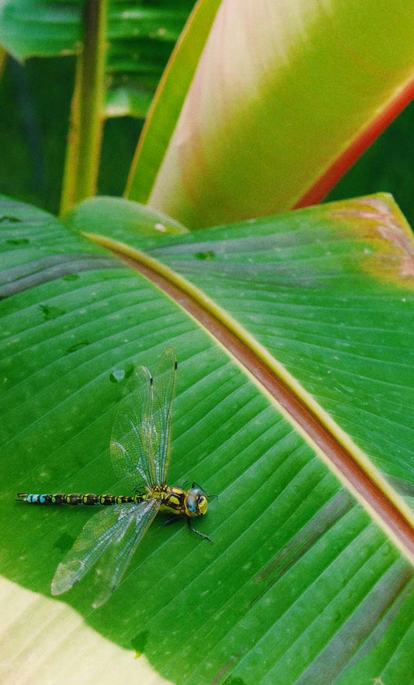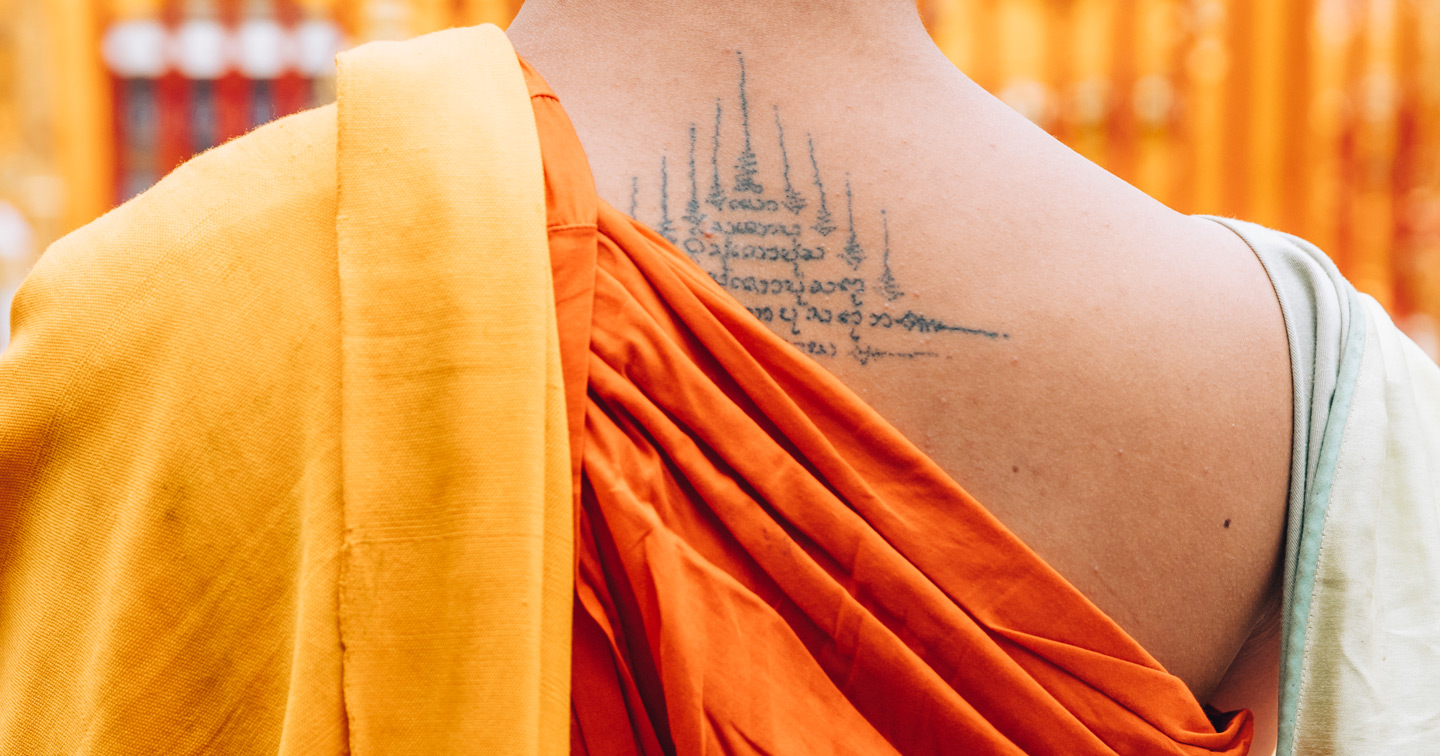
A few suggestions to get the holiday planning process started

Our team know a thing or two about Thailand, spanning its ancient temples to its colourful cuisine and idyllic isles. We’ll tailor activities to your specific tastes, be it an architectural boat tour of Bangkok or an authentic cooking class in Chiang Mai. Like our excellent team of guides on the ground, we're a creative lot, always designing new ways to tour famous sites, while our Concierges are just a WhatsApp away with insider tips and tricks. From family-run guesthouses to luxurious beachside villas, our vetted properties tick all the right boxes to make your Thailand holiday unforgettable.
ENQUIRE NOWDiscover different ways to explore Thailand
Practical advice and inspiration to help you prepare for your holiday
Thailand's varied landscape of bustling cities, thriving nature and palm-fringed shores have long captivated our consultants, one of whom lived and worked there and another who grew up in the region. We're more than well-equipped to plan your trip, be it a family affair or part of a solo South East Asian adventure. No matter your interests, be they culture or cuisine, we'll create a bespoke itinerary to help you experience an authentic side of Thailand. On your holiday, our friendly Concierges are always on hand to keep everything running smoothly.

Thailand is brimful of Buddhas of all shapes and sizes; standing, reclining or gleaming in gold. Journey to Bangkok to lay eyes on the famous Wat Phra Kaew, known as the Temple of the Emerald Buddha - the country’s most sacred - while in the north lies another must-visit, Ayutthaya, the one-time capital of the ancient Siam kingdom, once resplendent with gilded temples and splendid palaces. As for wildlife, it is plentiful. Visit elephant orphanages and watch as they play in the water; or steal out into the jungle on a night safari to perhaps encounter squirrel monkeys and capybaras. South Thailand’s island escapes, such as Koh Samui and Phuket, portray the idyllic beauty that inspired the cult novel, ‘The Beach.’ Think coconut groves, phenomenally soft sand and driftwood beach shacks. There’s much to be said in praise of Thai cuisine, arguably the most delicious in southeast Asia. In cities like Bangkok and Chiang Mai, lose yourself among street food stalls, where vendors serve up stir-fried crab meat and aromatic pad thai like you’ve never tasted before. The shopping is also incomparable, with innumerable markets stuffed with souvenirs.
Art lovers and history buffs should make the pilgrimage around Thailand’s capital city and the country’s north-east, which are packed full of ancient archaeological sites and Buddhist statues. There’s a huge variety of architecture on show from soft teak-wood houses to old stone carved temples. Wildlife enthusiast? Roam the lush mountainous north, criss-crossed with jungle trails connecting remote tribal villages. Any spa fan will tell you that Thailand trumps pretty much anywhere thanks to its bespoke wellness retreats and outstanding massage institutions. In short, Thailand holidays work for pretty much anyone you can think of from honeymooners and families to adventurers and those taking a sabbatical.
Start in the capital city of Bangkok to come face to face with a bewitching blend of modernity and tradition. Our little black book of contacts and best addresses will help you scout out the must-visit markets, restaurants and Buddhist pagodas as well as some of the most exceptional hotels. For lesser-known Thailand, seek out off-grid adventure around Chiang Mai and the languid northern landscapes. We recommend rounding off all Thailand holidays with ultimate relaxation. Laze the days away at a pampering beachfront resort, drink in hand, toes dug in the sand.
Take the sleeper train from Bangkok to Chiang Mai. Take your family on a wildlife adventure, elephant trekking, mountain biking and white water rafting. Stay in exceptional hotels, from mountainous spa hideaways to luxury beachfront retreats.

Our team of destination experts will get to know you and your unique requirements for your holiday

We work with you to build an ultra-personalised holiday itinerary with your choice of accommodation, experiences and activities

All of our holidays include little extras designed to make a big difference to your trip, from fast-tracking you through airport check-in and security to our network of local Concierges